Do any species migrate from the Galapagos Islands?
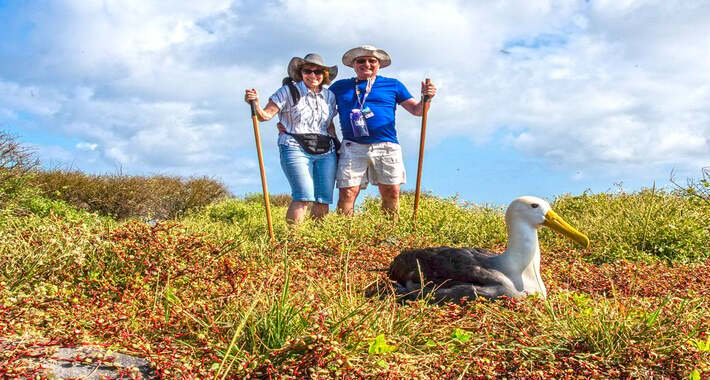
Most of us were raised to believe that there are no seasons in the tropics. But when it comes to a location as special as the Galapagos, such beliefs are completely false.
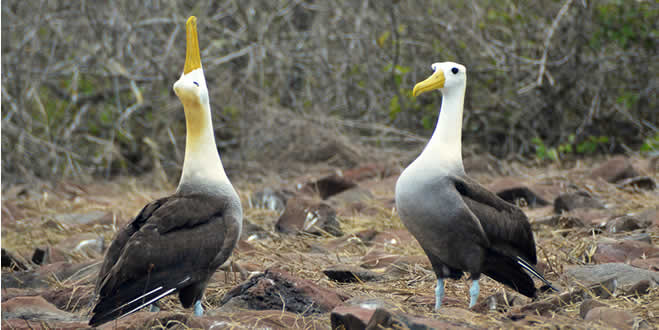
The only species that leaves the Galapagos islands to migrate is the albatross
Despite the archipelago’s tropical location, there are two different seasons that occur here all year long. This is also the reason we constantly respond, when asked when the ideal time is to visit, that there is never a “bad time” to visit the Galapagos—it’s always great to be here. The presence or lack of breezes determines the climate in the Galapagos Islands. The winds essentially stop in late December or early January, and doldrums gradually take control. The winds don’t come back until later, in April, and the islands have colder, drier weather.
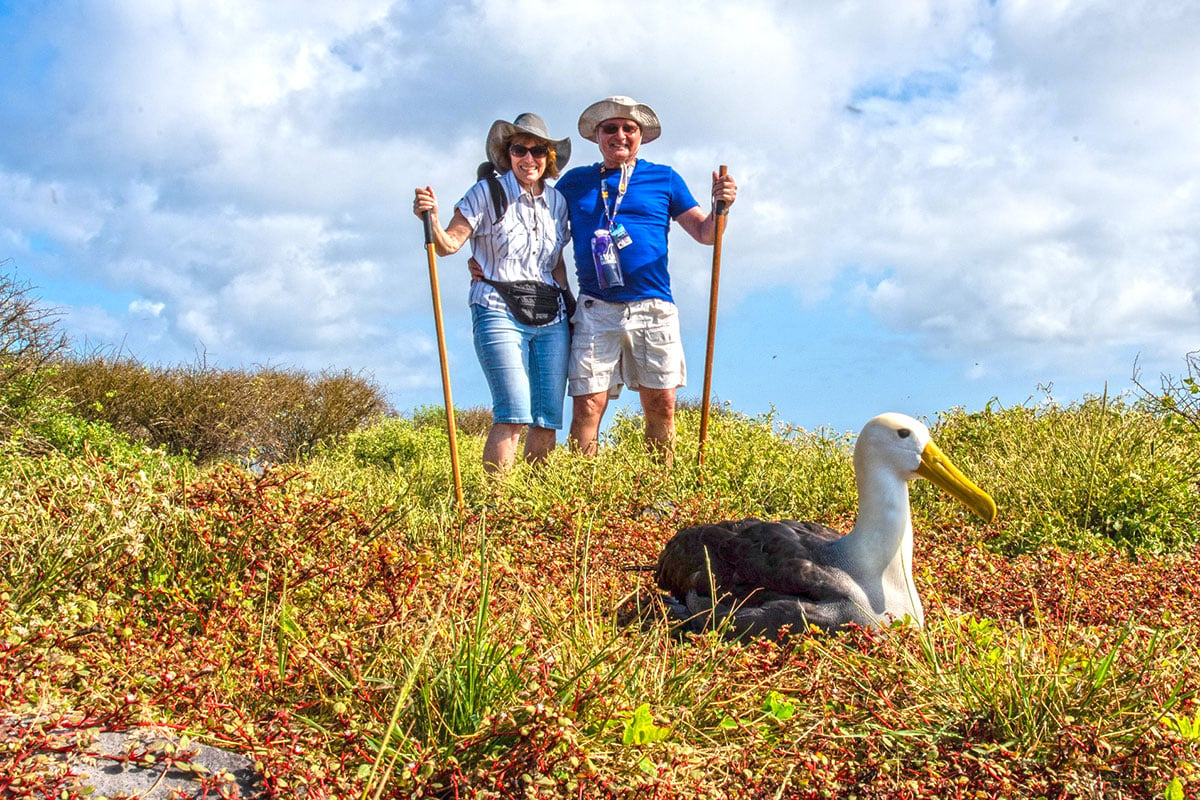
The albatross is a remarkable glider
Weather patterns are used by wildlife to match ideal environmental circumstances to their demands for reproduction. The easiest way to define ideal environmental circumstances is to say that they include enough food sources, suitable nesting sites, and other small-scale environmental changes that cause hormone shifts. Physiological and behavioral changes are the result of these hormone shifts. These islands are quite accessible and may be visited year-round in large part because of this dynamic. Although circumstances could fluctuate, they don’t always reach their extremes (these kinds of striking differences only happen at various latitudes).
That means that, with the exception of one, all species do indeed persist on the Galapagos Islands.That being said, all of the species—aside from one—do really persist on the Galapagos Islands.
An annual tradition sees the Galapagos Albatross, the biggest seabird in the archipelago and one of our BIG15, pack up its belongings and depart for the cooler waters of the southern ocean as soon as the hot season fully arrives. Instead of migrating to distant continents or oceanic islands, they stay in the nutrient-rich seas and bide their time for the winds to progressively return to the Galapagos. The final people will be seen during the first week of January, after which it will be goodbye until the first few days of April. And what do you know? It was observed earlier this week that Española Island, their sole habitat, saw the formal arrival of the first albatrosses of the season.
The renowned Galapagos Albatross may be seen on your trip, which our destination experts would be happy to arrange!
A few people were seen on shore, and some were hovering above the island, which was fortunate for Yacht La Pinta. All things considered, this is encouraging, particularly since albatross arrivals frequently serve as a “forecast” of the colder seas that are progressively approaching, with winds acting as the primary agent of change. Therefore, the only species that genuinely flies away and departs the Galapagos Islands is the Galapagos albatross. It’s possible to view it as a transient migration, but albatrosses are rather remarkable in that they will spend their whole life soaring over the Pacific Ocean. Discovering the Galapagos Islands between April and January is a must whether you are an avid birdwatcher or a member of your neighborhood albatross club.
When it comes to choosing an itinerary that takes you to the paradise that is Española Island, Yacht La Pinta offers an excellent assortment of islands and tourist destinations. Runs Thursday through Monday, it also visits popular islands such as Santa Fe, San Cristobal, and South Plaza.
Additionally, although though albatrosses would seem to be the most iconic animal for this itinerary, don’t forget that all three kinds of boobies, giant tortoises, land iguanas, and colorful sea iguanas are also incredibly lovely and as iconic. Definitely a really illuminating journey. Additionally, the archipelago’s greatest marine biodiversity is found in this specific area of the islands. Because of the range of their geological ages, the landscapes encountered along this route are arguably among the most diverse. This route will keep you occupied from a geotourism standpoint as you record the breathtaking scenery of the journey.
Text, Images, and Videos by Galapagos Expert Francisco “Pancho” Dousdebés
April 18, 2018, Sullivan Bay, San Salvador (James) Island, Galapagos: Latitude: 0°28′59′′S, Longitude: 90°56′54′′W
RELATED STORIES
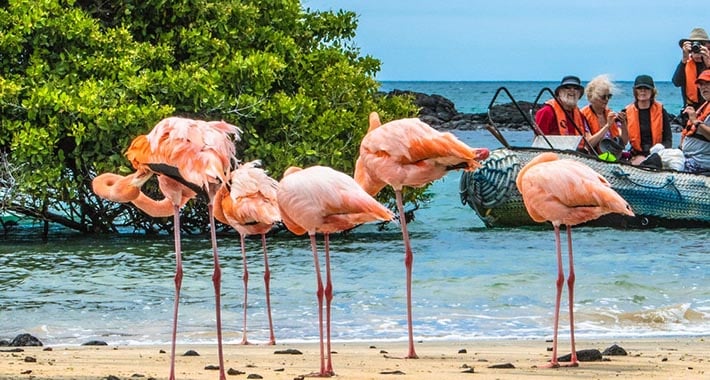
What are the best birds to see in the Galapagos?
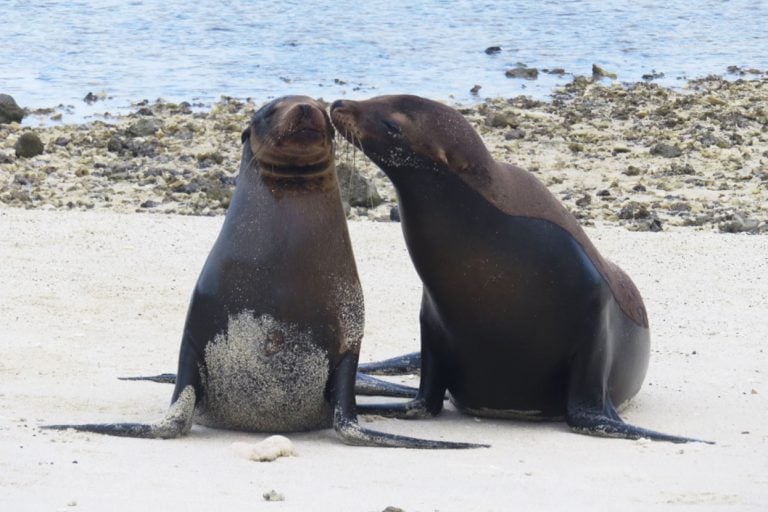
Six Stunning Ways Galapagos Island Animal Mothers Nurture Their Young

Guy Fawkes on the Galapagos Islands: Never forget the November “Finch”…
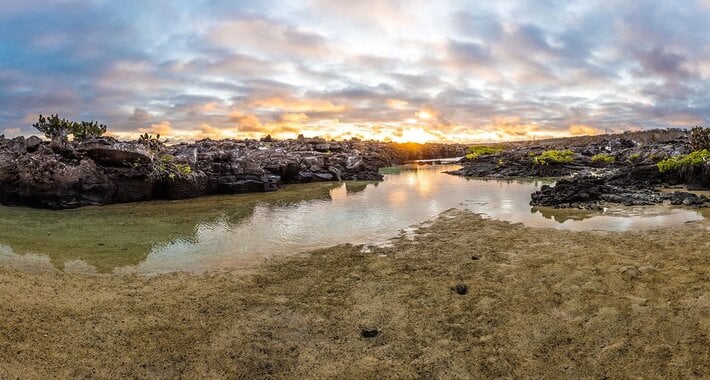
A Unique 6-Day Insular Inspiration Session with Charles Darwin on Santiago Island!
